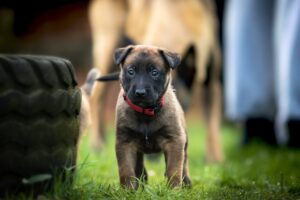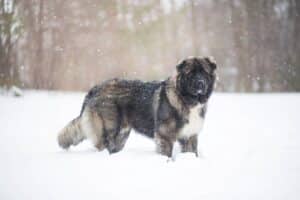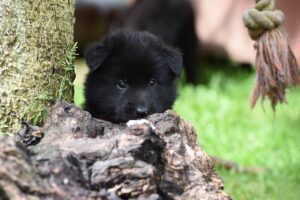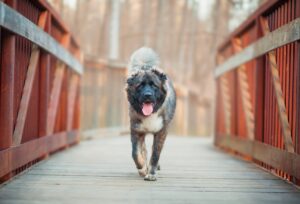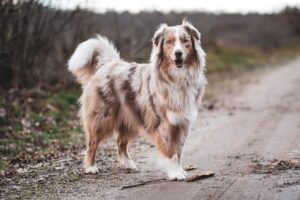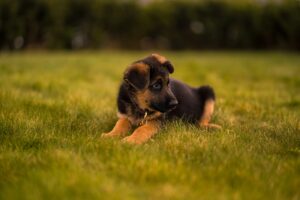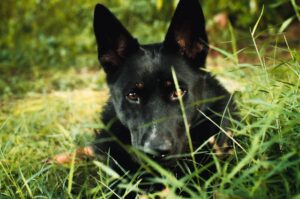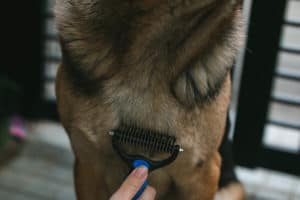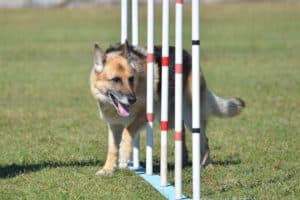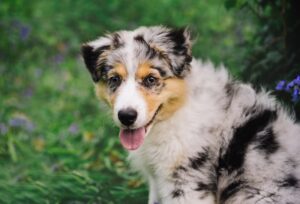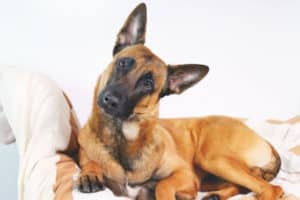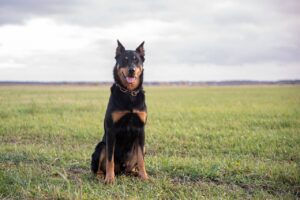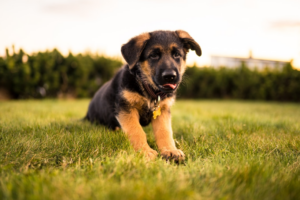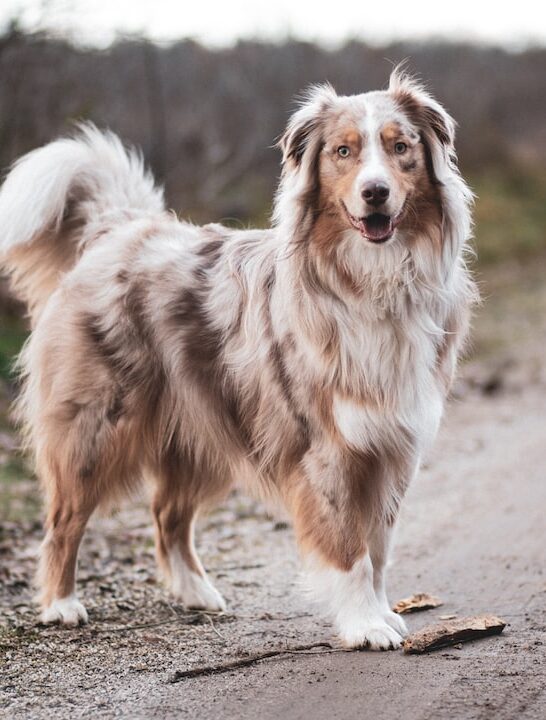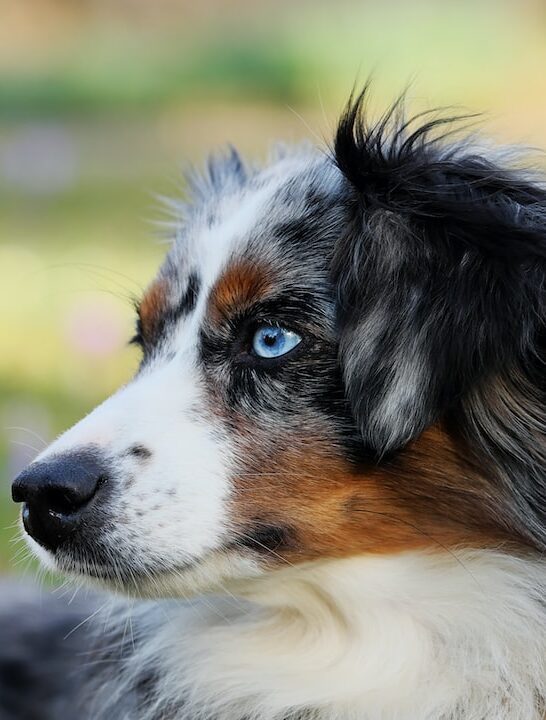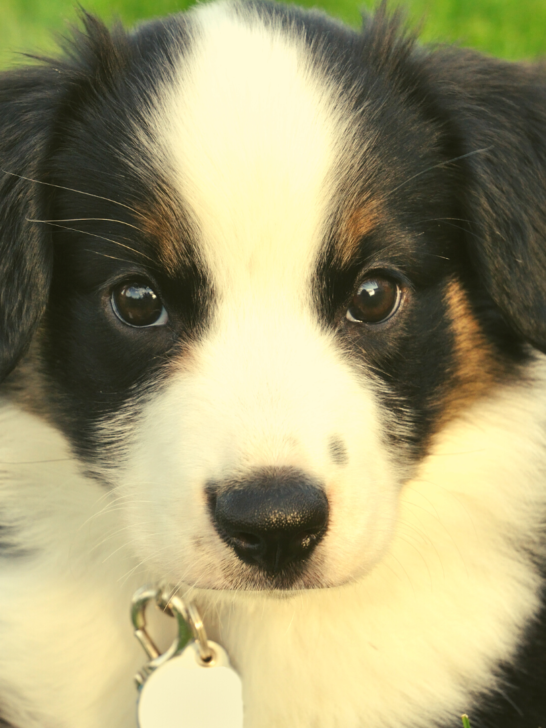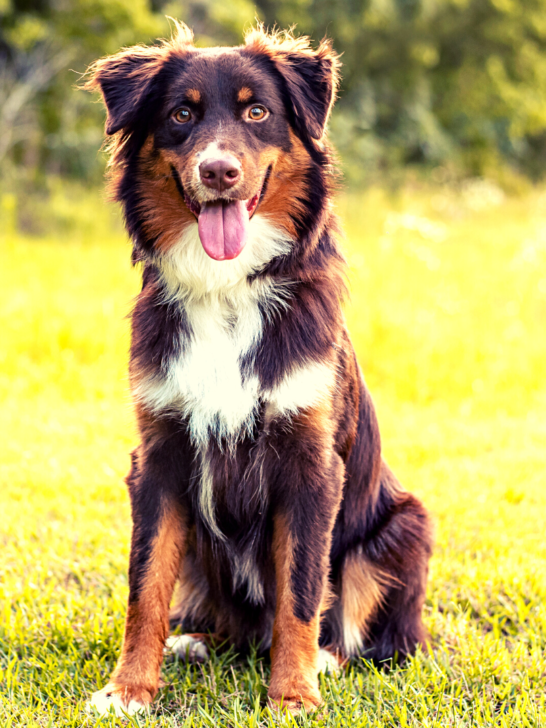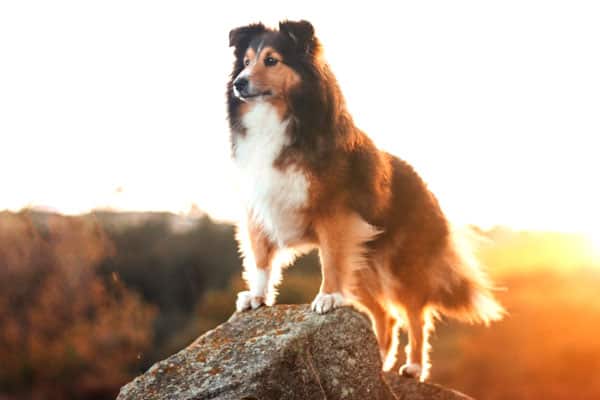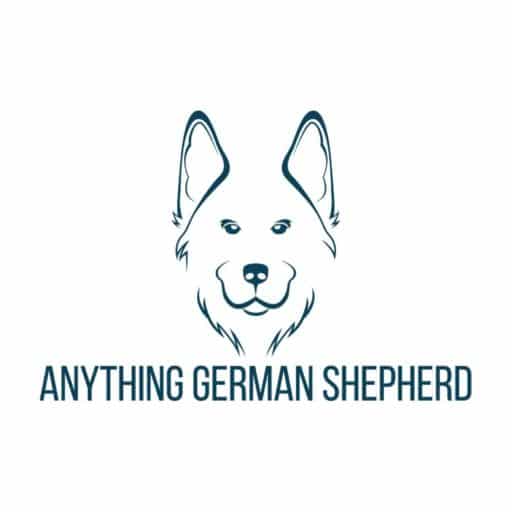Everything You Need to Know About the Short-Haired Australian Shepherd
Most people have heard about Australian Shepherds. These dogs have impressive coat length and texture, which is one of their most notable characteristics.
However, you might have also seen an Australian Shepherd dog with short hair. It’s not an anomaly.
This short-haired Australian Shepherd looks like the typical Aussie but with a shorter coat. It is a variant of this energetic dog breed that has all of its hallmarks except the coat length.
Below, we discuss everything you need to know about short-haired Australian Shepherds. We talk about their physical appearance, health, temperament, and how to care for them.
Let’s get started.
Is There Really Such a Thing as a Short-Haired Australian Shepherd?
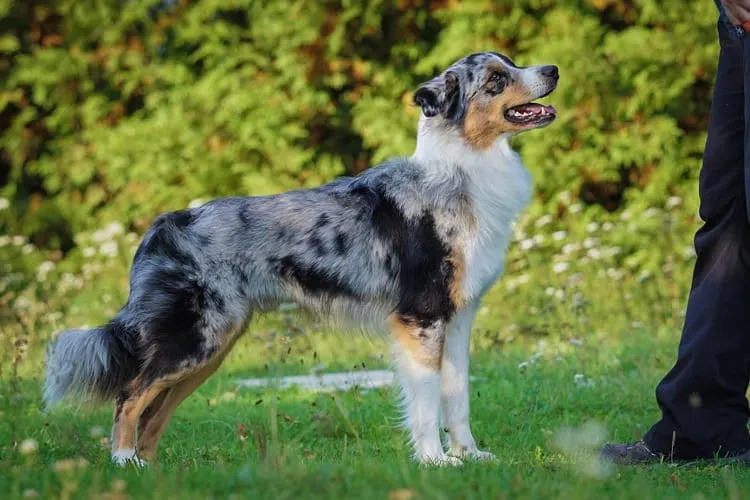
As previously mentioned, yes, short-haired Aussies exist.
Like all other Australian Shepherds, they are intelligent, active, and loyal dogs. This dog breed is also considered a natural herder. It excels at tasks such as rounding up livestock and controlling crowds.
While Australian Shepherds are known for their long, fluffy coat, dogs of the same breed sometimes differ in appearance.
Because of that, you may find short-haired Australian Shepherds for sale and adoption. Their short fur is likely due to their unique genetic makeup.
The Aussie is a big, energetic dog breed that descends from a long line of European herding dogs, including Collie, Border Collie, and English Shepherd.
Significant diversity in appearance is expected when a breed is descended from many similar but different-looking dogs.
Are Short-Haired Aussies Rare?
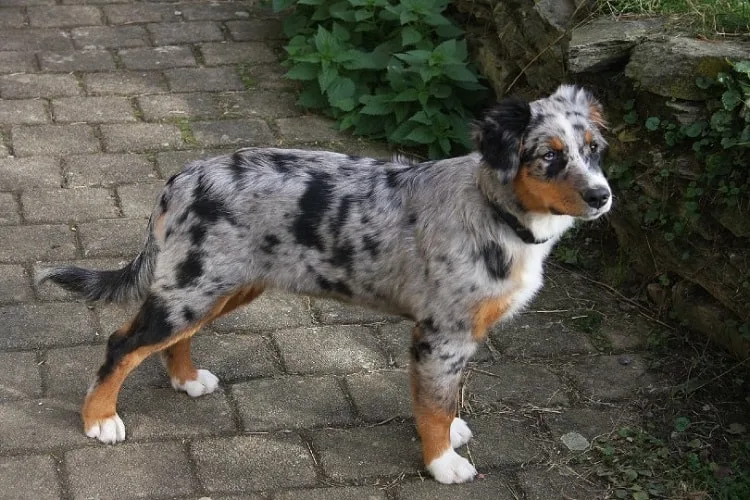
A short-haired Australian Shepherd is not particularly rare. That said, it is not as common as its long-haired counterparts.
Every Aussie puppy has a short coat at birth. In most situations, their hair length will eventually increase. Yet, it will sometimes stay relatively the same.
As a result, it may be difficult to distinguish a real short-haired Aussie from a general Australian Shepherd puppy. It will become evident only after the dog reaches adulthood and retains its short fur.
How Do Short-Haired Australian Shepherds Look Like?
The Australian Shepherd with a short coat looks like its longer-haired counterpart. The only thing that sets it apart is its less fluffy, flatter, and shorter dog fur.
Its coat color is usually a mix of black, red, red merle, or blue merle. However, its coat can also be bicolor or tricolor.
Short-haired Australian Shepherds may also have beautiful markings on their coats, even though they have less hair than regular Aussies.
According to the American Kennel Club, a short-haired Australian Shepherd is a medium-sized dog. It stands 18-23 inches tall and weighs 40 to 65 pounds.
Like those Aussies with long coats, it has a well-proportioned, compact body and strong legs. Its bone structure suits its physical activity.
The Australian Shepherd’s head is medium-sized and wedge-shaped, with relatively long ears that sit high on the head. It typically has blue or dark brown eyes.
This dog breed is also known to have heterochromia or two different-colored eyes.
Also read: Everything to Know About the Mini Aussie With Tail
Do Short-Haired Australian Shepherds Shed a Lot?
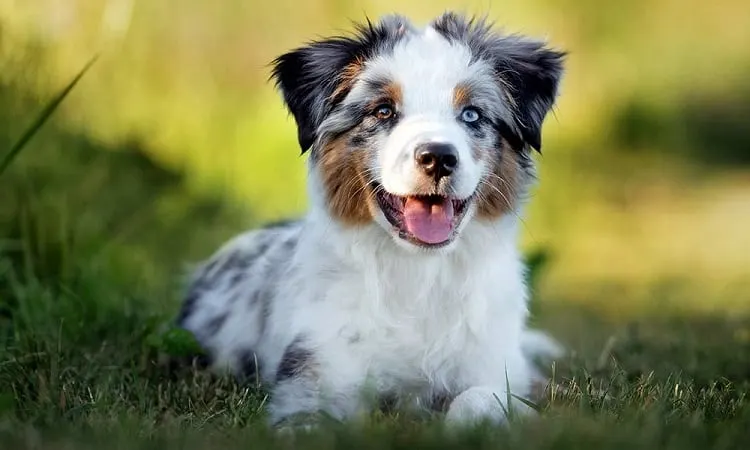
Contrary to popular belief, a short coat on a dog doesn’t equate to less shedding. This is also true for Australian Shepherds.
Regardless of their shorter coats, they are heavy shedders.
Like a typical Australian Shepherd, Aussies with shorter hair have a two-layer coat. It includes a thick undercoat and a long outer layer.
A double coat is essential. In the summer, it keeps the body temperature normal by acting as insulation and offering further protection for the skin.
This is why most experts do not recommend shaving the hair of Aussies.
There is something you can do to curb the shedding issue, though. Regular grooming sessions can help manage the mess.
By routinely brushing your Aussie, you’re removing the dead hair straight from the source before it has a chance to spread around your home.
Their shedding season is usually during the spring and fall. To keep their coats looking beautiful, you should groom your Aussies more often during these seasons.
Caring for a Short-Haired Australian Shepherd
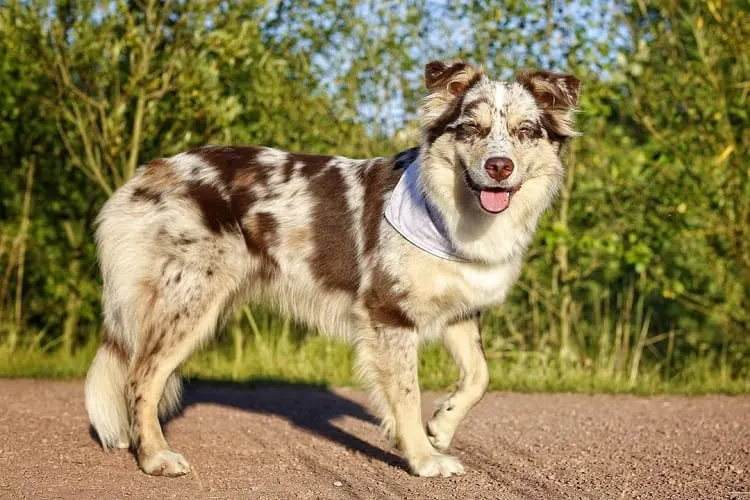
If you’re interested in getting a short-haired Australian Shepherd, you must know how to care for it properly.
Diet
The food requirements of a short-haired Aussie will vary depending on their age, size, activity level, metabolism, and health problems.
However, a well-balanced diet is required to maintain your dog’s health.
Here are a few nutrients your furry friend needs:
- minerals
- healthy fats
- antioxidants
- omega-3 fatty acids
- vitamins
Feeding your dog this diet will keep them lean and muscular while providing the high energy they need to work hard all day long.
It’s also essential to choose a food specifically formulated for large breeds, as this will help prevent joint problems later in life.
You can feed your dog 1.5 to 2.5 cups of good-quality dry food daily.
If you’re not sure if your dog has the right weight, you can always consult your vet.
Environment
The Aussie breed was not originally from cold weather areas. Yet, they can survive in extremely low temperatures. Their thick double coats do an excellent job of keeping their bodies warm.
Generally speaking, the Aussie is an active dog breed, so they need plenty of space to run around and play.
A backyard is ideal, but you need a securely fenced-in yard. These dogs are notorious escape artists, and their herding instincts can lead them to chase cars, bikes, and joggers.
They also love to swim, so if you have a pool or live near a lake or river, that’s even better.
Aussies were bred to live alongside humans and enjoy being around people. They should not be left alone. They don’t cope with boredom, which may also create separation anxiety.
Grooming
Here are a few tips to keep your short-haired Australian Shepherd healthy and happy:
- Brush your Aussie’s hair at least once a week to prevent mats and tangles from forming in their coat.
- Before brushing, use the dog hair conditioner diluted with water to disentangle it.
- Use a slicker brush to stroke the hair in the direction it grows. Do that down to the skin.
- It’s best to use an undercoat rake to remove excess hair.
- For the mats behind your Aussie’s ears, remove them using a stripping comb.
- It’s also important to trim your dog’s nails regularly, as overgrown nails can cause pain and difficulty walking.
Grooming sessions are also an excellent opportunity to assess your dog’s general health.
Before brushing your Aussie’s hair, check for sores, rashes, dry skin, or symptoms of infection such as irritation or sensitivity. Examine your dog’s eyes for goopy discharge and ears for foreign objects.
Your dog’s coat should look shiny. A dull coat could indicate the need to change diet or more frequent grooming.
Training and Exercise
Australian Shepherds were initially bred to work, herding livestock on farms. As a result, they have a high energy level and need 30 to 60 minutes of physical activity daily to stay happy and healthy.
A good daily walk is essential. Aussies love walking, running, agility trials, and Frisbee games.
Australian Shepherds also need mental stimulation to stay challenged. It can be obedience training or simple puzzle toys.
Training methods with positive reinforcement work for Aussies. They follow the command of their trainer, and in return, they get rewards like food, praise, or belly rubs.
It’s worth noting that Australian Shepherds can become bored and destructive without enough exercise and mental stimulation.
This breed doesn’t like being a couch potato, so be prepared to spend time training and playing with your Aussie every day.
Short-Haired Australian Shepherds — Health Issues
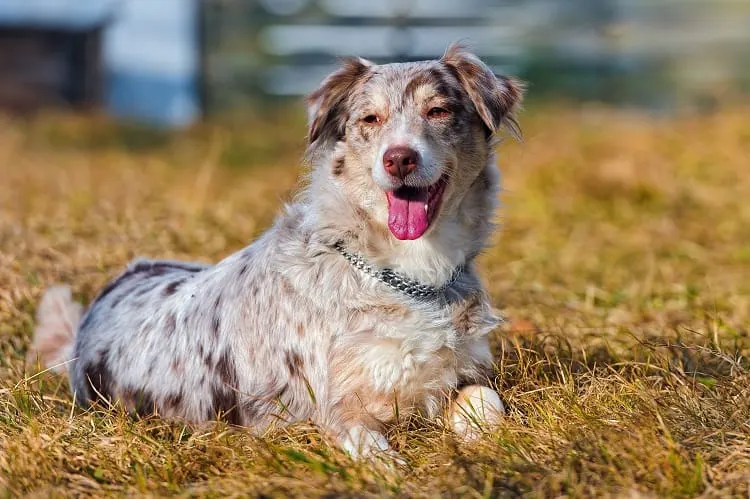
Like all breeds, short-haired Australian Shepherds are generally healthy but prone to specific health problems.
Some of these health conditions are genetic and cannot be prevented. Others can be avoided or managed with proper care.
Here are six of the most common health issues seen in short-haired Australian Shepherds:
- Elbow and hip dysplasia: These are two of the most common skeletal disorders related to many dogs. Both conditions are caused by a malformation of the joints that leads to pain, lameness, and arthritis. Dysplasia is usually genetic but can also be due to injury or obesity.
- Allergies: Like humans, dogs can suffer from allergies to things like pollen, dust, and certain foods. Symptoms of allergies in dogs include itching, scratching, hot spots, and hair loss.
- Ear infections: This issue is common in dogs, especially those with floppy ears like the Australian Shepherd. Symptoms include head-shaking, scratching at the ears, and foul-smelling discharge from the dog’s ear. Bacteria, yeast, or allergies can cause ear infections.
- Gastric dilatation-volvulus (GDV): Commonly known as bloat, it is a condition that affects deep-chested dogs like the Australian Shepherd. It occurs when the stomach twists on itself, trapping gas and causing the stomach to expand. Symptoms of this health problem include restlessness, pacing, drooling, and an enlarged abdomen.
- Cancer: Unfortunately, cancer is one of the leading causes of death in dogs, and short-haired Australian Shepherds are no exception. They are prone to having different kinds of cancers, which are sometimes treatable.
Knowing the common health issues that can affect your short-haired Australian Shepherd is crucial. This way, you can be prepared to deal with them if they arise.
Regular vet check-ups and a healthy lifestyle will go a long way in giving your dog a happy and longer life.
Short-Haired Aussie: Personality and Temperament
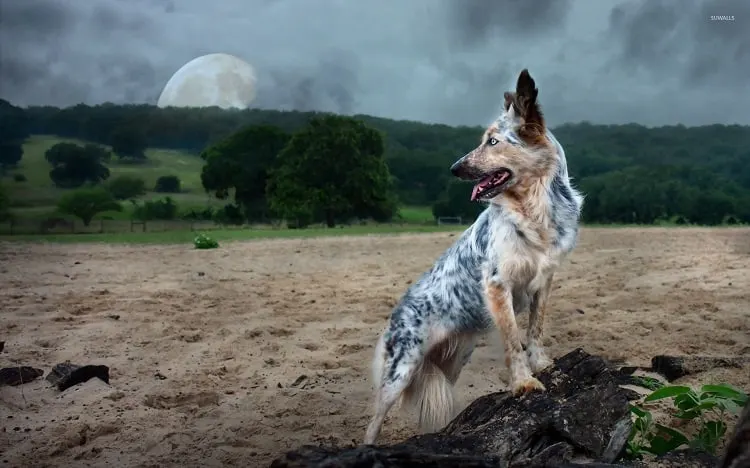
Short-haired Australian Shepherds have a sharp intellect and keen observation capabilities. They are curious pets, always looking for patterns.
A short-haired Aussie is also great with children and other animals, making it an excellent family pet. Aussies are wonderful companions, as they protect their families and belongings.
The Australian Shepherds tend to be reserved and cautious around strangers. A poorly socialized Aussie may become violent when seeing other people or dogs.
To help them become used to meeting new faces, owners should encourage their dogs to interact with others. At the same time, they should avoid forcing social situations on their furry friends.
One thing potential dog owners should be aware of is that Australian Shepherds bark a lot. They are very vocal dogs and will often bark to alert their owners to something that is happening.
It can be good if you are looking for a watchdog, but it may not be ideal if you live in an apartment or other close quarters.
Moreover, this breed needs plenty of dog sports and stimulation. Australian Shepherds need enough space to run, sprint, chase, and sniff. Because of that, they are not the best breed for someone who is inactive or lives in a small area.
Conclusion
Short-haired Aussies are an excellent breed for anyone looking for an energetic, playful dog. The short dog’s fur makes them low-maintenance, and they are also relatively healthy dogs.
They make great pets and can be a lot of fun to own. If you’re thinking about adding an Aussie to your family, be sure to do your research to find the right breeder and Aussie pup.
Frequently Asked Questions
Let’s go over some of the most frequently asked questions regarding short-haired Aussies.
Are Aussies with short hair hypoallergenic?
No, Australian Shepherds with short hair are not hypoallergenic. Although they may not shed as much as some other breeds, they still shed enough to cause allergies in people who are sensitive to dogs.
What is the average cost of short-haired Australian Shepherds?
The cost of a short-haired Australian Shepherd can vary depending on the breeder. You can expect to pay anywhere from $500 to $1,500.
Do Aussies have tails?
Yes, this breed generally has tails, but there is some variation within the breed. Some dogs have what is known as a “bobtail.” It’s a tail that has been shortened through breeding.
Other Australian Shepherd dogs have full-length tails, while some have a tail that falls somewhere in between the two extremes.
Are short-haired Australian Shepherds purebred?
Yes, short-haired Australian Shepherds can be purebred. The length of their coat does not affect their breed status.
Can short-haired Australian Shepherds participate in dog shows?
Yes, they can. Their coat type does not disqualify them from competition.
Are short-haired Australian Shepherds easy to train?
Australian Shepherds, whether they have short or long hair, are known for being intelligent and easy to train.
What is the temperament of a short-haired Australian Shepherd?
The temperament of a short-haired Australian Shepherd is typically energetic. They make excellent companions for active individuals or families.
Do short-haired Australian Shepherds shed?
Yes, short-haired Australian Shepherds do shed. Regular brushing can help manage their shedding.
Can I find short-haired Australian Shepherds in rescue groups?
It is possible. Australian Shepherd rescue groups often have both short-haired and long-haired varieties available for adoption.
How can I find a reputable breeder for a short-haired Australian Shepherd?
To find a reputable breeder, you can search online directories, contact breed clubs, or ask for recommendations from trusted sources. It is vital to do thorough research and visit the breeder in person before making a decision.
Can short-haired Australian Shepherds live with children and other pets?
Yes, they can. They are generally good with families and get along well with other animals when properly socialized.
Resources:

